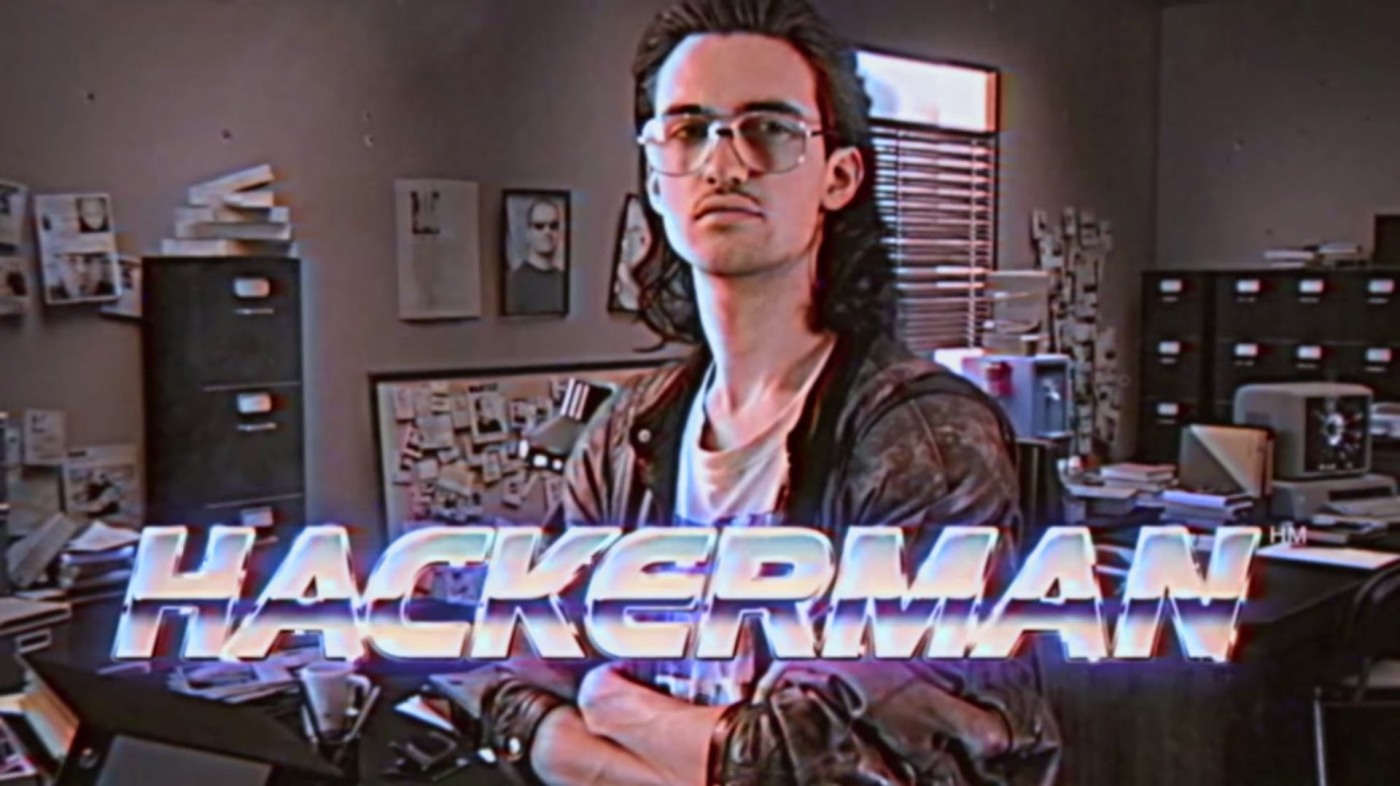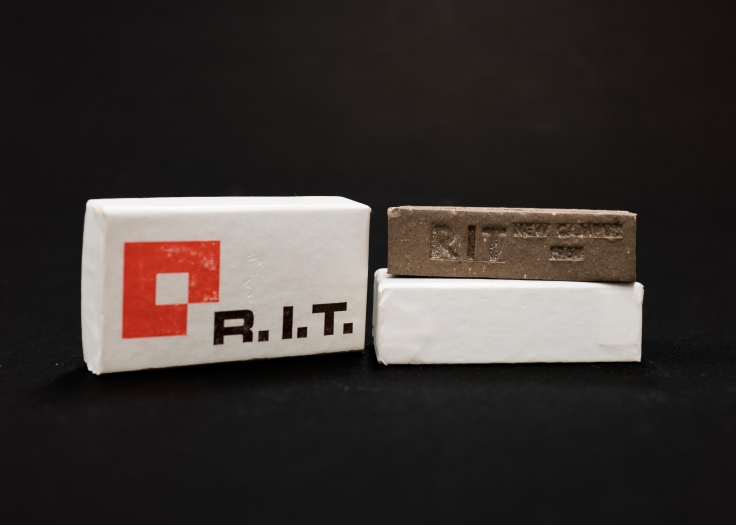With the increasingly digital world that we live in, it comes as no surprise that museums and archives have started to join the ranks of digital resources available on the internet. The push for digitizing artifacts started almost at the same time as the internet, since the web as we know it was created with the express purpose of sharing scholarly information. Speaking of sharing, open-source has become quite the buzzword when it comes to software and other programs/applications, including the tools we’ve used in class for our online exhibitions and collections. Given the inherent sharing nature of the web (and the fact that the creator, Sir Tim Berners-Lee, made his idea patent-free and royalty-free so that anyone could use it), open-sourcing should be standard. A clear upside to open-source software is the customization, an aspect that many museums have picked up on. Museums and galleries, in order to spark stronger interest, require more unique interactions and design that aren’t possible in closed-source applications. So what do they do? They take, re-purpose, and modify things others have done with the program to make something unique yet functional. MoMA was taken over a few years back by an augmented reality exhibit that was both open-sourced (the app that was used) and crowd-sourced (the artwork itself). Sharing within museums and archives goes beyond the software itself. With APIs and public hosting, any and all data within a collection or archive can be accessed and, more importantly, reused by anyone for anything. I personally feel that this level of open sharing is the whole point of the web, it was created to share information, and the amount of artifacts housed in archives and collections represent a vast amount of information.










